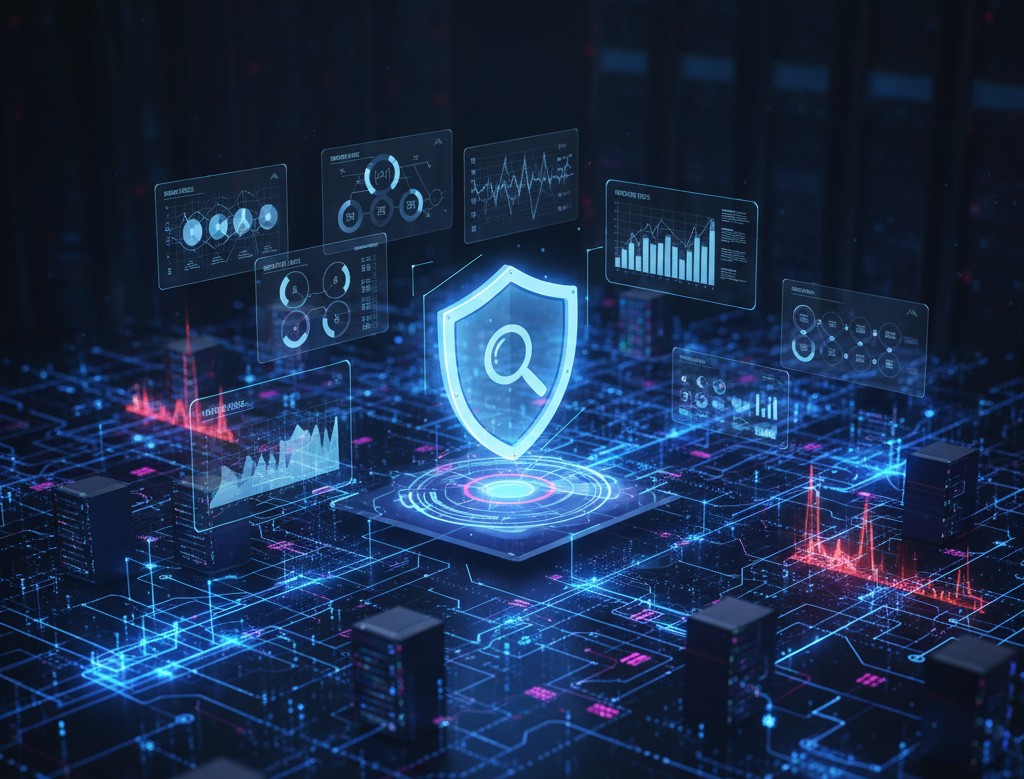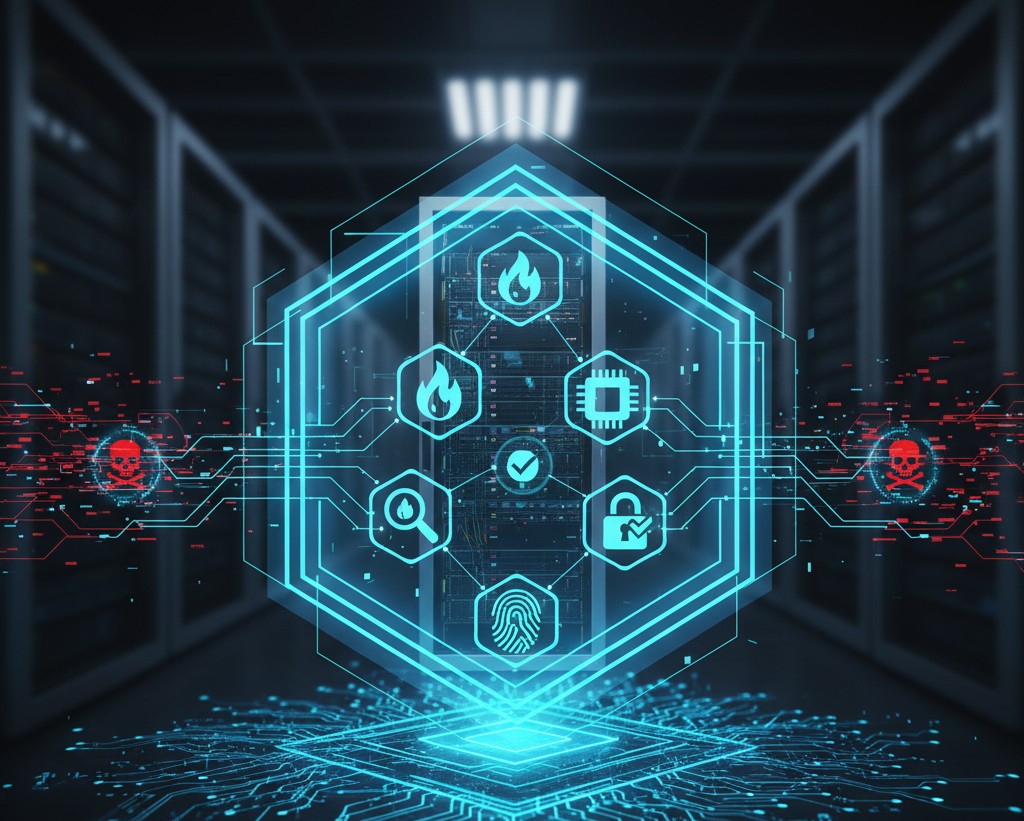Strengthening Cybersecurity Resilience in Financial Services
As financial institutions face rising cyber threats, robust cybersecurity is essential for protecting assets, data, and customer trust. This case study explores how a leading financial organization transformed its cybersecurity posture through strategic consulting, advanced frameworks, and automation-driven resilience.





